Sendai: My first love with Japan
By Lucy, Liu Yang
“So, where are we headed?”
“Sendai.”
I googled “Sendai” and it led me to a Wikipedia page: a dense description of the city’s history, its significance as the most prosperous and densely populated city in Japan’s northeastern Tohoku Region, followed by updates on its reconstruction progress after the 2011 Japanese earthquake and tsunami. Fukushima was just 66 kilometers away.
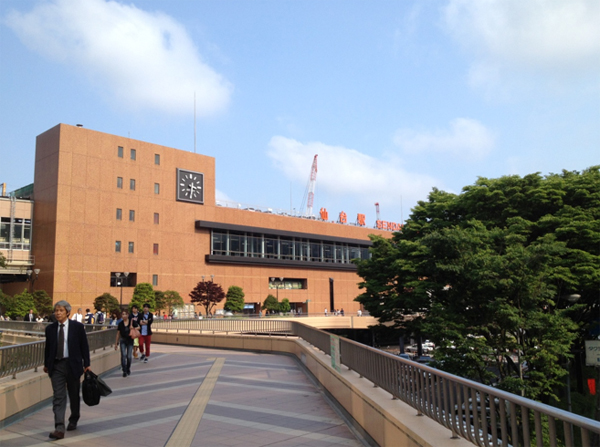
It was four years after the nuclear radiation leakage, and a sense of desertion and desolation was still palpable in the air. There were simply no or very few tourists. No foreign faces were seen on the streets, and local shops and restaurants were vacant. It was late May and the sun set early, leaving the streets fading into darkness.
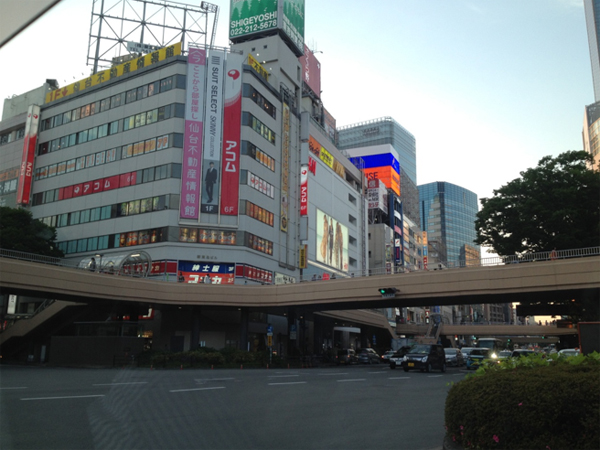
It was my first trip to Japan. The name “Sendai” would never have crossed my mind if it were not for a chance invitation. My friend was going to attend a conference held in Sendai, and when I was invited to spend a week in the city, I thought it would be, well, insipid.
After arrival, we took a taxi to the designated hotel. I was in a good mood and I started humming. The driver, an elderly man whose grizzled hair was combed neatly backward, was a stereotypically silent and polite Japanese man. When we’d reached the hotel, he got out of the car, helped me with our luggage, stared at me and mumbled something. “Excuse me?” I asked in English since I didn’t know Japanese. The man repeated in earnest, and I, embarrassed, kept saying “arigato”. Then the man bowed and drove away.
“He asked whether it was a song of Yamaguchi Momoe,” my friend said. “He said how beautiful those old songs were, compared with today’s music. And he said he was surprised you could sing those songs.” “Why didn’t you tell me earlier?” I protested. “My Japanese was rusty,” my friend replied.
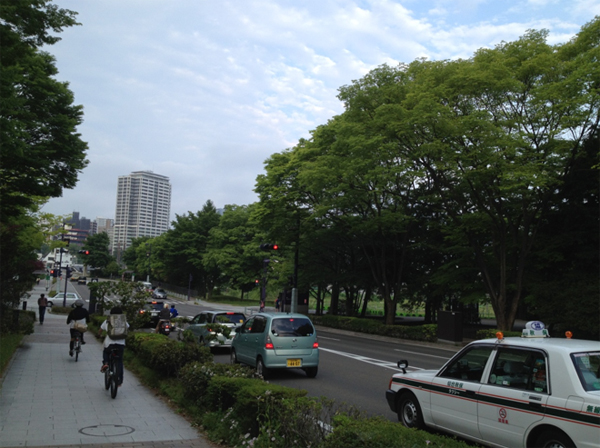
During the following days, I woke up every morning without an alarm clock and spent the entire day roaming around, stopping at places that intrigued me. I wanted to experience Sendai as a local resident, to taste its authentic flavor, not as a tourist, but as a member of its people. The scarcity of tourists made it easy for me to hide among commuters, and every day my heart was throbbing with excitement for adventure. In Sendai, virtually nobody spoke English; the only person I met who could understand English was a school girl on the bus when I asked whether I should get off since the bus broadcast and road signs were all in Japanese. As a Chinese, I could read almost 80% of written Japanese (since much of it is written in Chinese characters), but oral communication was the tricky part, and also the most fun. I interacted via body language, and when that failed, I tried to write down key words in Chinese characters. That experience was thrilling, to feel as if I were a newborn in an alien land with eyes wide open, absorbing every detail, deciphering meaning and picking up a new language.
Each time I revealed myself as a tourist and asked for things in English, people seemed genuinely interested. Some were coy and hesitant, but less reserved ones always asked me where I had come from. Sometimes I said China, sometimes I said Hong Kong, and it always amused me to see the curious looks on people’s faces with raised eyebrows. Their genuinely curious smiles, together with a casual hospitality, made me feel at home.
One afternoon I walked into a small tofu store where an elderly lady was scrubbing the floor. I said I wanted to taste tofu and the lady gasped, “English! Su-mi-ma-sen,” clasping both hands in apology. Half in Japanese and half through body language, she showed me all the products in the shop, telling me the difference between old tofu and soft tofu, and recommended I give soy sauce a try, saying it was a perfect match with soft tofu. Timid and hesitant, the lady asked where I had come from. When I smiled back and said China, she made such a typically Japanese exclamation – “E-eh?” – and asked why I wanted to come to Sendai. I wrote down the word “college student” in Chinese characters on a scrap of paper and the tofu lady went on to teach me how to preserve the tofu and soy sauce by scribbling back a few Chinese characters which I could not recognize. Later on I learned from my friend that those words meant a refrigerator.
Another time at a small family-owned sushi restaurant, I ordered a set meal with local pickles. I had brought my diary and as I was writing I overheard the mother explaining to her daughter that probably I was a Chinese, since I had been writing Chinese characters. The mother whispered “how beautiful” before she presented my tray.
There were funny moments, too. The late May evenings were still cold and I searched throughout the shopping district, trying to buy a coat, in vain. The clothes available were almost all in “S” sizes and on hearing my request for an “L” size, the shop assistant shook her head and crossed her arms before her chest, said “Japanese sizes” emphatically, then gave me a friendly grin.
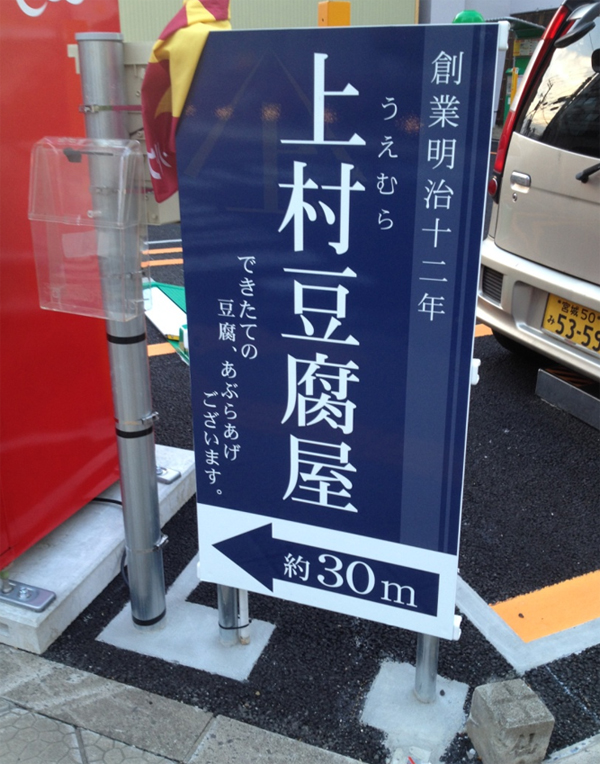
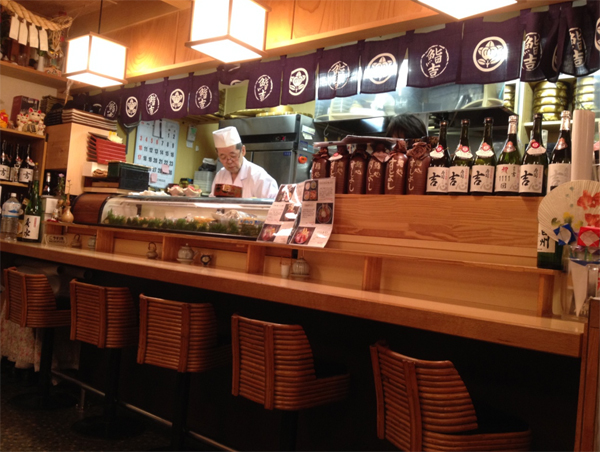
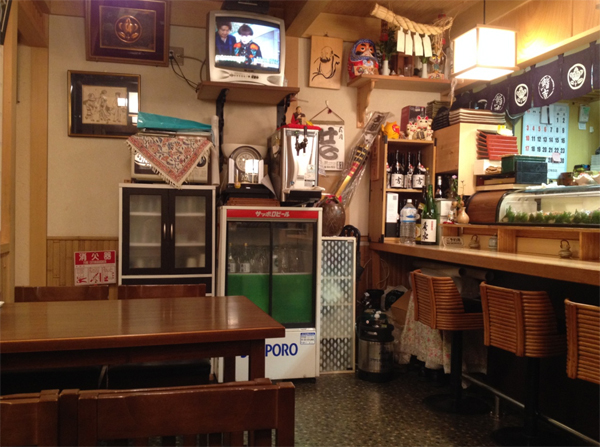
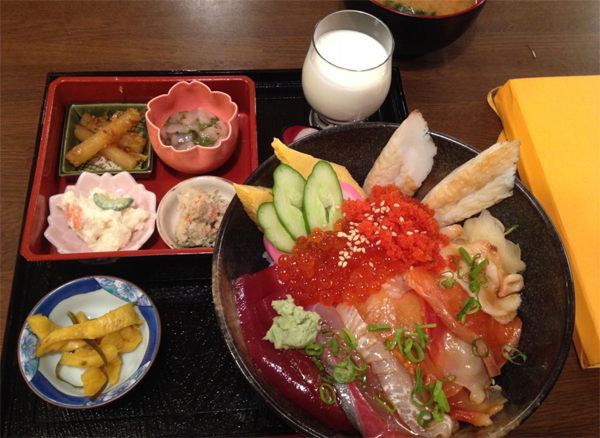
Sendai was so small that within a week I had roamed almost every street and wandered into many small lanes. It was late May, the nights were still long, and the days still short. The evening winds were chilly and the morning air brisk. The pace of living was slow, and the cost of living was low. People seemed unhurried, and shops closed after dusk. There was only one McDonald’s restaurant, one GAP store, and one shopping district. There was no subway system, and although cars were ubiquitous, many people still preferred to ride bicycles. Local strawberries were juicy, sweet, and inexpensive; rice was stickier and water colder than other regions. Streets were not particularly fashionable, items in showcases were incomparable with those of Ginza, and women wore less cosmetics. There were few skyscrapers, only boundless fir trees under a limpid sky. And above all, people were still curious about visitors.
Sendai was my first stay in Japan where I got all my first impressions of the country. It was only afterwards that I realized how lucky I had been. Later on I travelled to Tokyo, Kyoto, and Osaka, but none exceeded Sendai in charm. True, the hustle and bustle of an international Tokyo, the loud and vigorous delight of Osaka, and the ancient capital of Kyoto so steeped in culture and history, all suggest a more prosperous and sophisticated Japan. But it was Sendai that captured my whole imagination. Its rustic simplicity, genuine hospitality, and unassuming northern temperament, combined with its immaculately clean streets, perfumed public toilets, and smiling faces of people without a trace of cynicism, were all the more endearing.
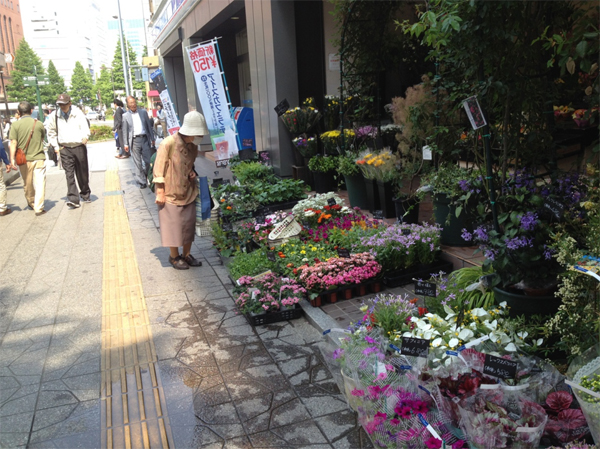
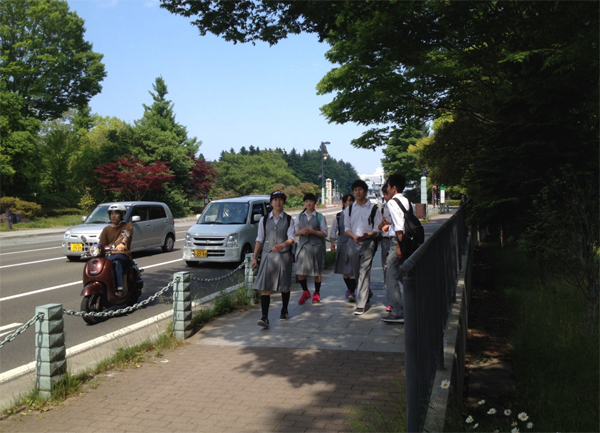
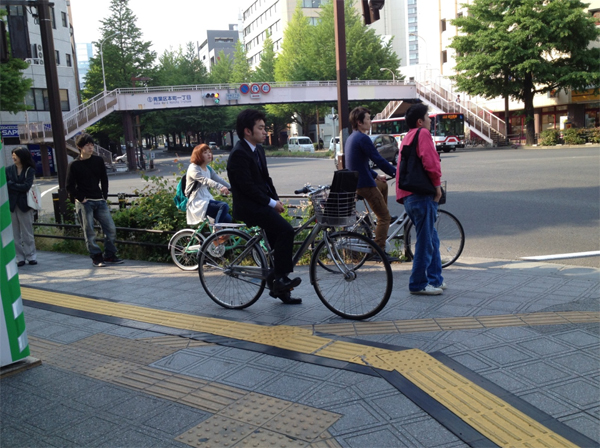
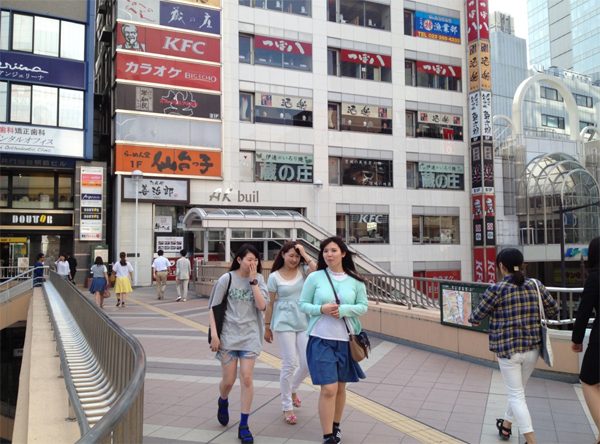

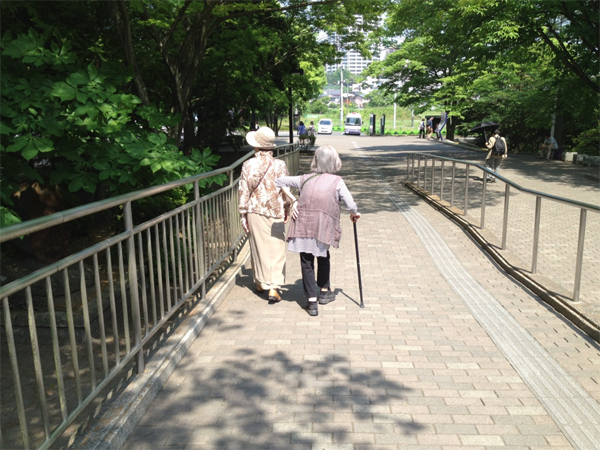
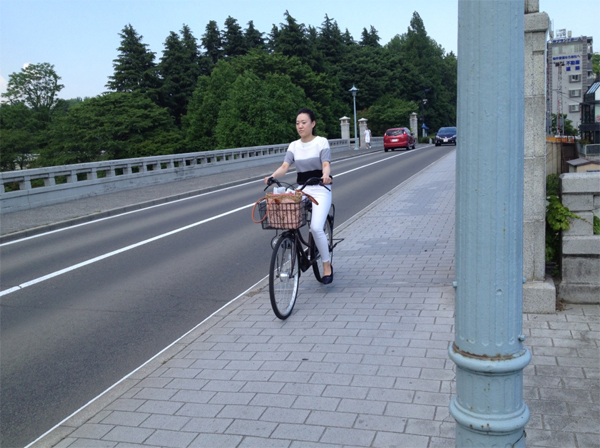
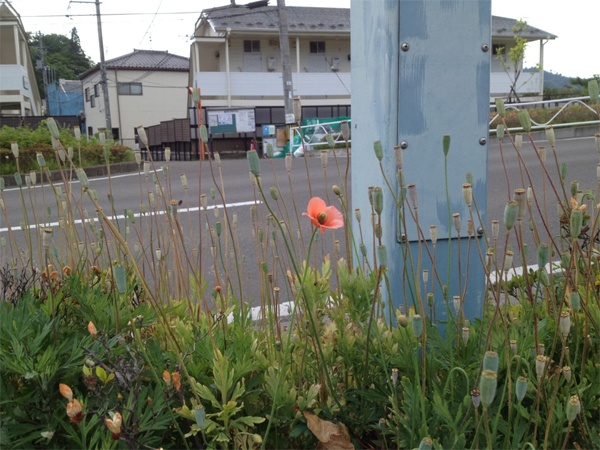
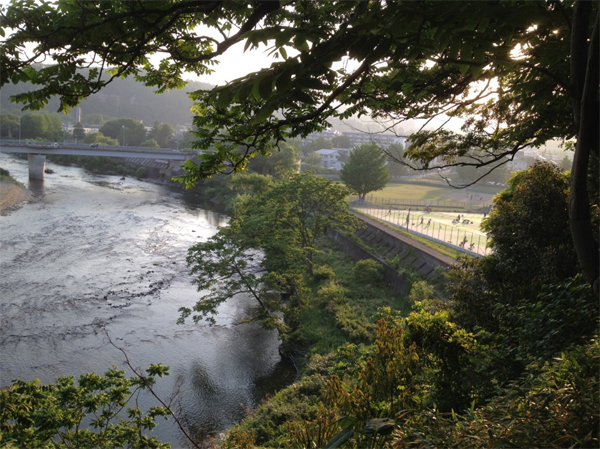
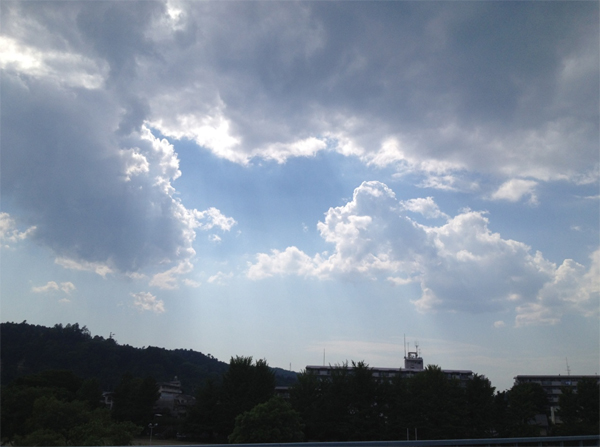
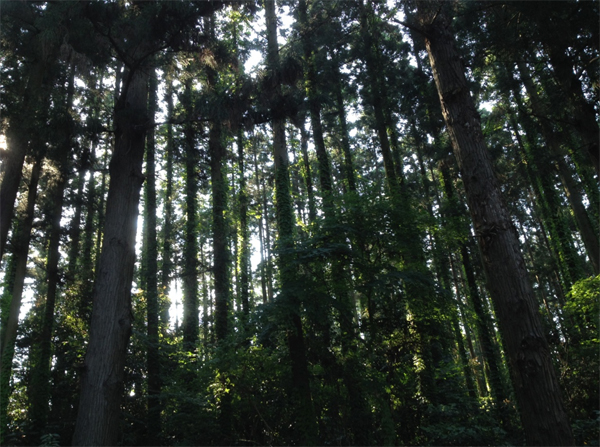

Our apologies, you must be logged in to post a comment.